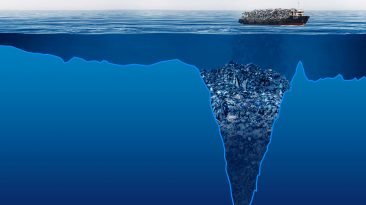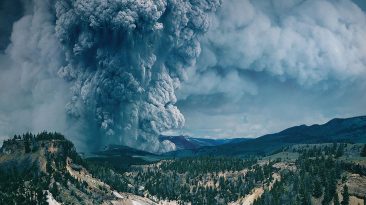At first thought, volcanoes might seem like the perfect natural disposal system. They are incredibly hot, appear to swallow anything in their path, and seem limitless in their depth. So why not use them to get rid of the mountains of garbage we produce every year?
As it turns out, dumping trash into volcanoes is not only a bad idea but could also cause serious environmental and human damage. Here are six major reasons why volcanoes are not the solution to our waste problem.
1. Most Volcanoes Are Hard to Reach and Rarely the Right Kind
There are around one thousand five hundred active volcanoes in the world, but the vast majority are located far from cities or industrial centers. This makes them extremely difficult and costly to access.
Even if you could reach one, chances are it would not be the right kind. Shield volcanoes, which have calmer eruptions and sometimes contain lava lakes, are rare. Stratovolcanoes are much more common, and they are violent, unpredictable, and dangerous. Using them to dispose of trash would be incredibly risky.
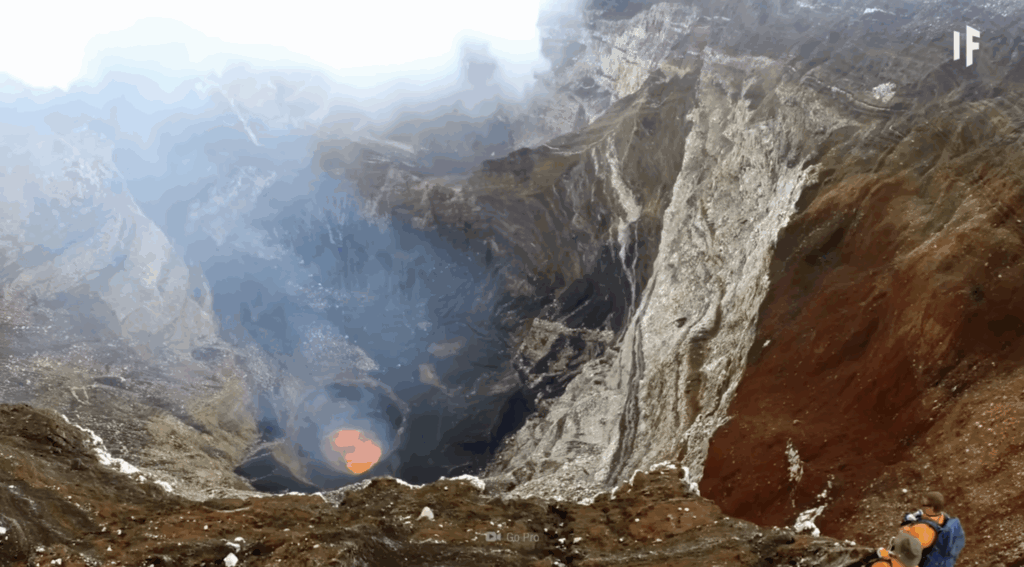
2. Volcano Vents Are Extremely Hazardous Places
Getting close enough to dump waste into a volcano is almost impossible without endangering lives. The area around a volcanic vent is filled with toxic gases, flying rocks, lava splatter, and extreme heat.
In 2022, researchers in Ethiopia threw a single sixty six pound bag of trash into a lava lake. The result was an explosive reaction. The surface of the lava reacted violently to the sudden drop in temperature. If that is what happens with one small bag, imagine dumping a city’s worth of garbage. You could cause massive blasts of steam and lava that launch debris hundreds of feet into the air.
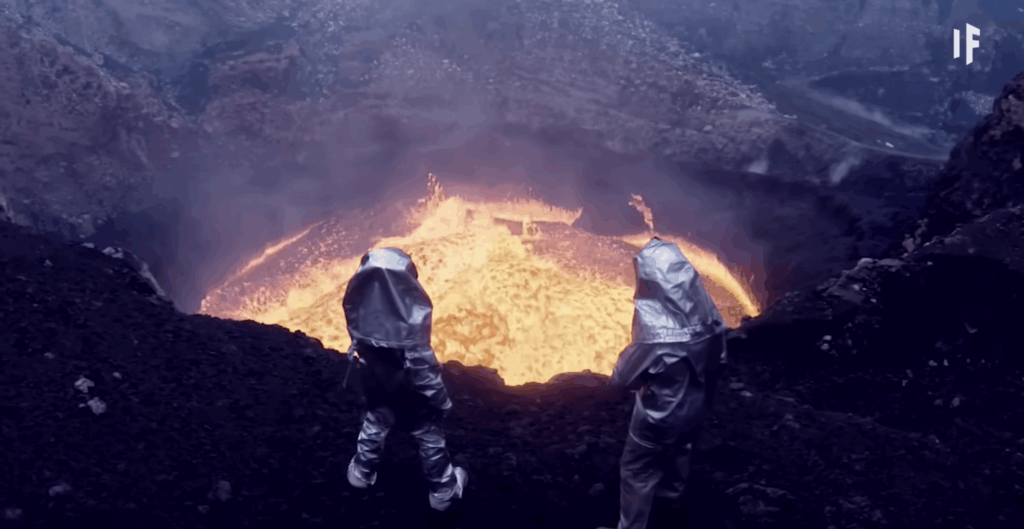
3. Pollution Would Skyrocket
Even if we managed to get the trash into the volcano without causing explosions, we would face another problem. Burning garbage in an uncontrolled environment creates serious air pollution.
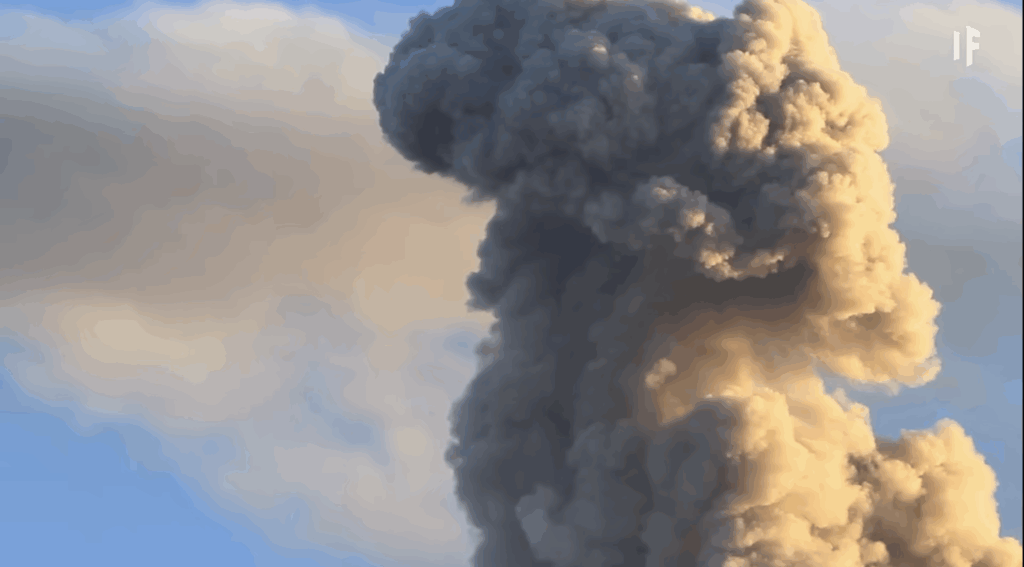
Plastic, electronics, and other common trash items release harmful chemicals when burned. Without any kind of filter or control, those gases would be sent directly into the air, damaging both local ecosystems and the atmosphere. The toxic fumes could also pose health risks to nearby communities and contribute to global climate change. In the end, it would turn a waste problem into a much larger environmental crisis.
4. The Environmental Costs Would Be Enormous
Transporting trash to remote volcanoes would involve fleets of trucks, ships, or aircraft. All of these would burn fuel and add to our carbon emissions, making climate change even worse.
In contrast, modern waste processing facilities are designed to minimize emissions and sometimes even generate clean energy. These systems are far more practical and environmentally responsible than flying trash across the planet to toss it into a crater. They also allow for recycling, composting, and other methods that reduce landfill use. Investing in these technologies offers long term solutions without creating new environmental hazards.
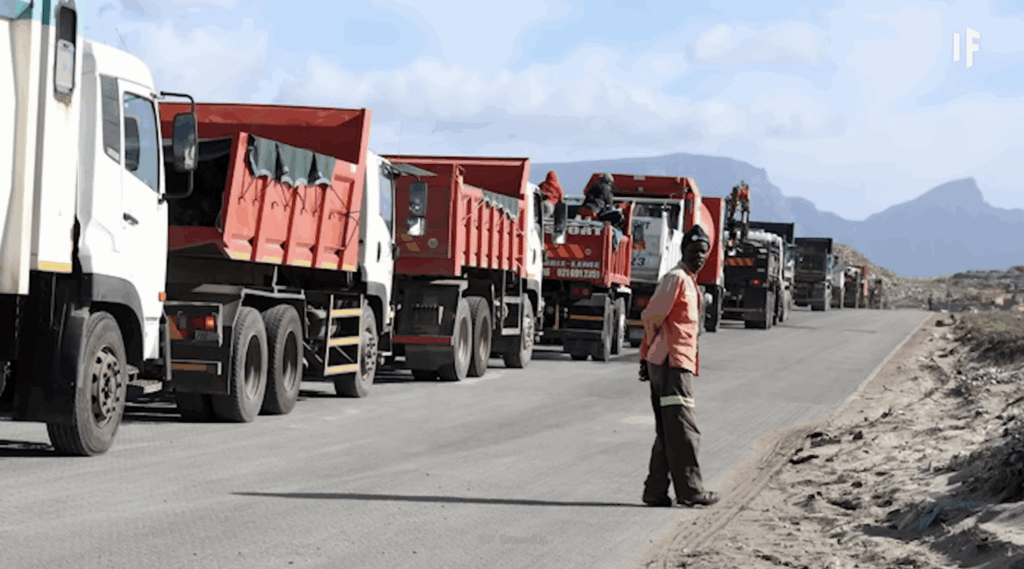
5. Lava Does Not Destroy Everything
Lava is extremely hot, but it is not magic. Some waste materials, like certain metals or chemicals, might not fully break down. These leftovers could remain in the volcano and later erupt, spreading pollution across the surrounding landscape.

In the worst cases, toxic materials could be blasted out or leak into nearby areas, causing long term environmental damage. Dumping nuclear waste or other hazardous materials would be especially dangerous. The heat and pressure inside a volcano could trigger unpredictable chemical reactions. Instead of destroying the waste, we might end up releasing even more harmful substances into the environment.
6. Better Solutions Already Exist
If the goal is to eliminate trash by burning it, we already have better systems. Waste to energy plants can burn garbage in a controlled way, using advanced filters to remove harmful gases and generate electricity in the process.
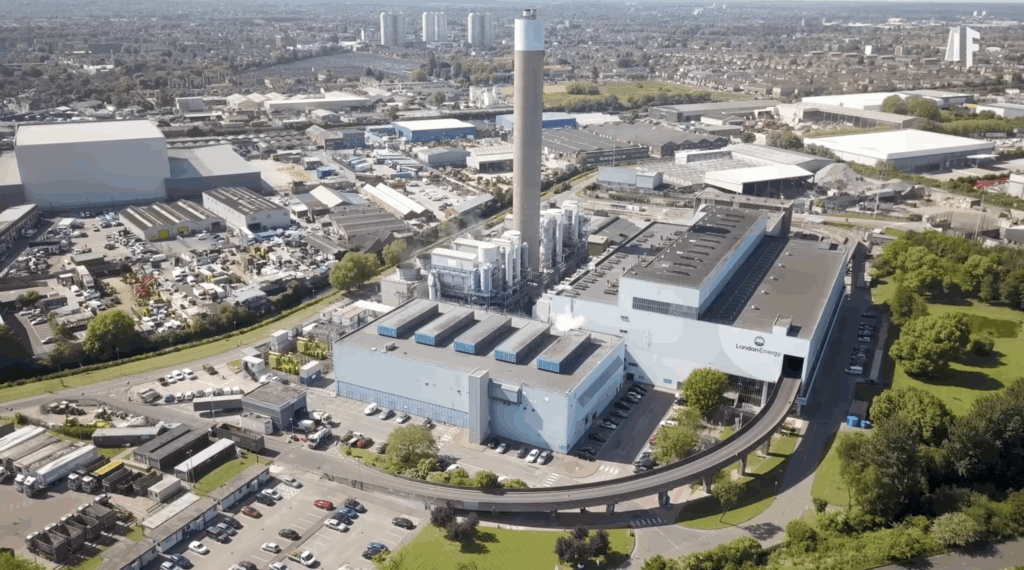
We can also reduce waste by increasing recycling, using biodegradable materials, and designing products with less packaging. These are realistic, scalable solutions that help both people and the planet. They focus on long term sustainability rather than risky shortcuts. By improving these systems, we can manage waste more efficiently without harming the environment.




















